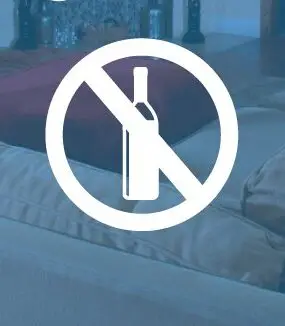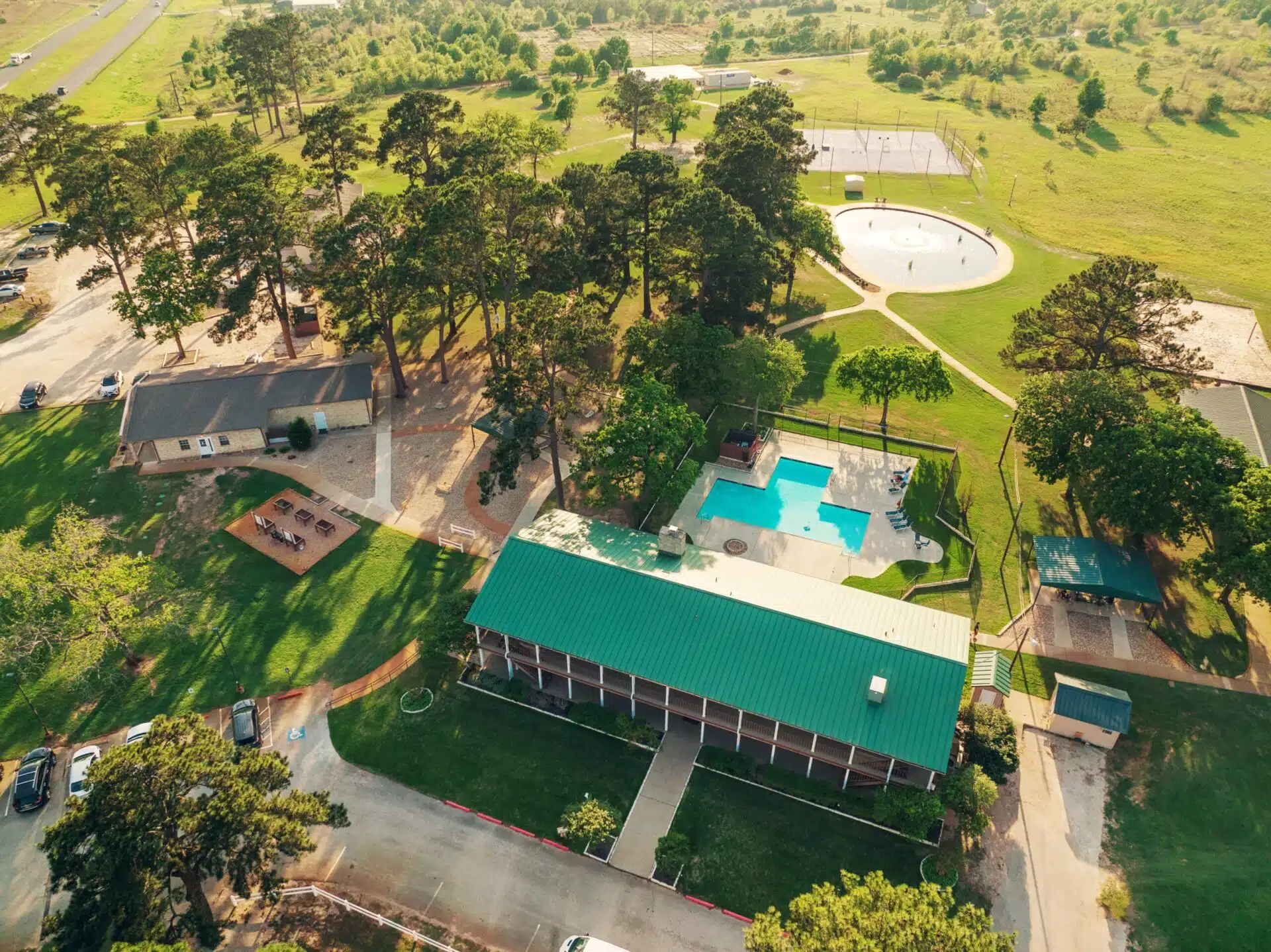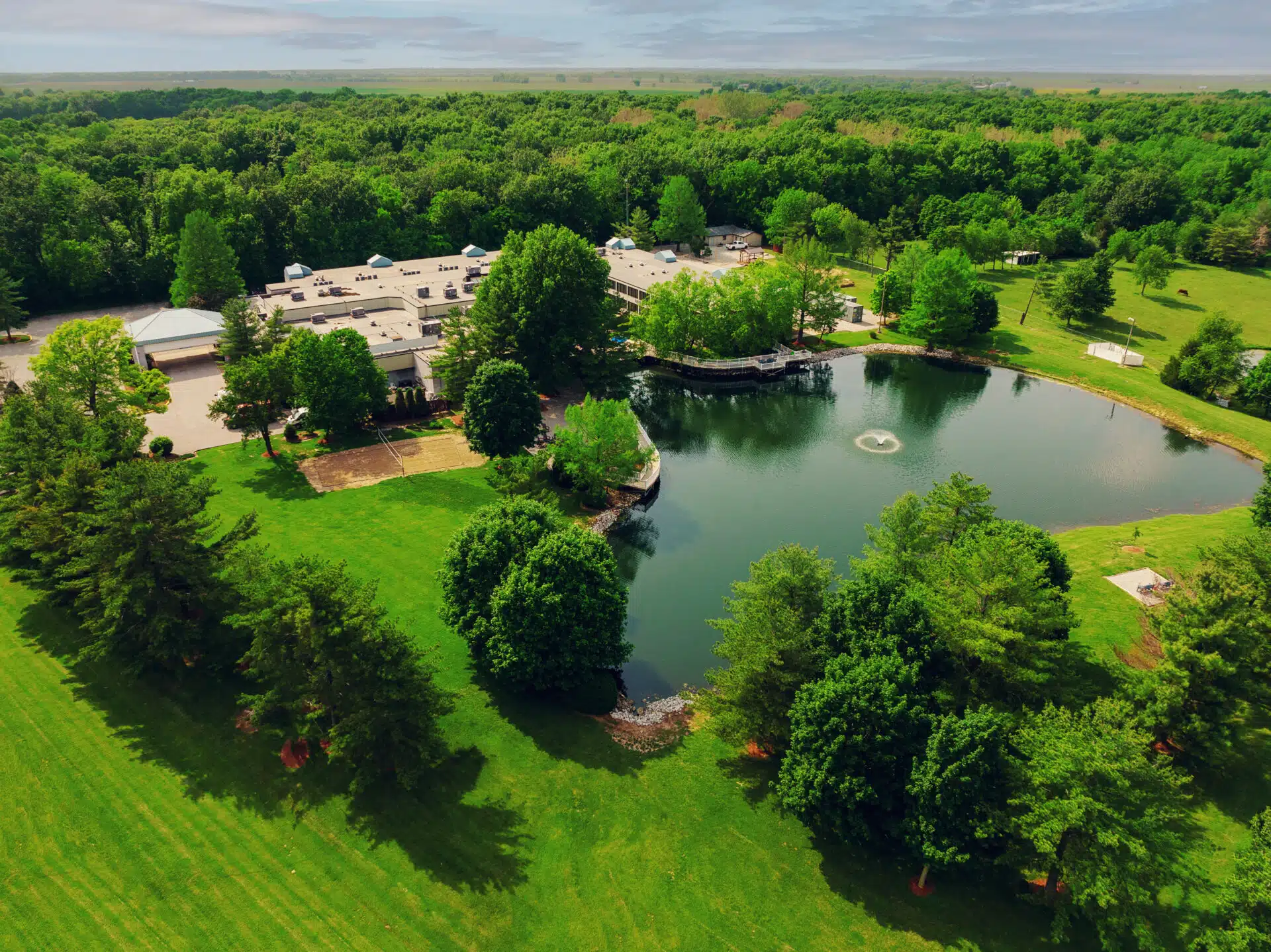To some people, the intensive treatment during substance use disorder rehab is just the first step. Thus, being in a sober living house can help increase their chances of lasting addiction recovery. Understand what are sober living homes and know what to expect when signing up for one.
It is often said that getting through addiction rehab is just the beginning. There’s a whole new set of challenges that recovering addicts face after treatment. Many should be aware that the controlled environment of rehab facilities ensures abstinence from drugs and alcohol, but getting out of addiction treatment and staying sober is considered the “real deal”. Relapse is a common pitfall when stress and environmental influences do not contribute to an individual’s recovery.
Therefore, a concept of merging the facets of daily life with a semi-controlled environment is achieved through sober living communities. We will be looking into the characteristics of sober houses and what to expect when living in one.
Sober Living Homes
What is a sober house? Otherwise called halfway house, this is a temporary placement for people who underwent addiction rehab. This is done to help the individual “practice” life skills without dependency on drugs and alcohol, and also to prevent the dangers of relapse and overdose.
There are various kinds of sober houses, all of which depend on the establishment it represents. The common ones are:
- Gender-specific sober houses: There are sober houses exclusively made either for men or women. In many cases, they can also have a religious affiliation or a non-profit cause. Some rehab centers also have their own gender-specific placements.
- Blended communities: There are also living facilities where recovering people from all walks of life seek some form of normalcy. Even though the groups in these types of sober homes are blended, they all have the common goal of staying sober.
- Group-specific: Some colleges have a sober living facility to accommodate students recovering from substance use disorder. These homes are created so that people can easily relate to each other–some groups include veterans, disabled, or LGBTQ.
Take The First Step Towards Recovery
Talk to a Intake Coordinator
Sober Facilities for Extended Stays
In some cases, having the 30, 60, or 90-Day rehab isn’t enough to ensure recovery. This can either be self-determined by the individual or recommended by the addiction specialists. Thus, staying in a sober house may be the best course of action after intensive treatment. What are the advantages of staying for a little bit longer in these facilities?
Improve your chances of staying sober
People with moderate to severe addictions often find themselves craving for drugs or alcohol once they are plugged back into their former environment. By staying in a sober living home, you can transition by having a typical schedule while staying addiction free.
Have immediate resources in case of crisis or emergency
Another potential danger of going back to your usual life after rehab is the potential lack of resources when you suffer from mental health problems or other emergencies. When you live in a sober house, there will be counselors, support groups, and other healthcare specialists who can respond to your needs right away.
Experience a transition period until you’re completely ready
The severity of addictions can also influence your readiness after rehab. Some people with intense dependencies may not feel ready even after the longest addiction treatment available. Thus, staying in a sober home will allow them to gradually shift from rehab to the “real world” without experiencing any type of drastic environmental changes.
These are benefits that can draw a fine line between a person’s successful addiction recovery versus a discouraging relapse. If you’re contemplating moving into a sober living facility, below are some questions that you can ask yourself before making the decision.
When To Move Into A Sober Living Home
If you are confident that you can stay sober after the course of your intensive addiction treatment, good for you! However, the questions below can also help you know should you decide on moving into a sober home just before plunging back to your usual routine.
- Are you confident about your ability to avoid addiction triggers? During substance use disorder treatment, counselors, therapists, and addiction specialists will help you go through the things in your life that bring about the desire to take in drugs or alcohol. When you don’t feel confident about your ability to avoid triggers in your usual environment, you may need to stay in a sober living home.
- Is there local support for recovering addicts? Another potential need is support in your local community. Determined as you may seem at the beginning, there will be instances in your recovery journey that you will need the encouragement of others. If you are living in a closed-off area away from resources, it may be best to stay in a sober home for now.
- Are there unchangeable relationships or environmental issues that will prevent you from addiction recovery? Sometimes, there are things you cannot change about your life that can surely catapult you back into substance use disorder. Whether it’s an abusive relationship, a drug-infested area, or any other bondage–it may help to stay in a sober house until these problems resolve.
Thinking about the answers to these questions can help you make an informed decision about staying in a sober living facility.
What To Expect In A Sober Living Home
Even if you’re a potential candidate to stay in a halfway facility, you may still be riddled with questions about how the whole process works. To give you an idea, below are some of the things you can expect when living in a sober house.
There are house rules to follow.
Every sober living facility has its own set of ground rules that help each resident to stay sober. All residents are expected to follow these rules, such as curfews or not using some household items that can potentially bring them to a state of relapse. For example, some sober living homes prohibit the use of cooking wine since it increases the risk of alcohol relapse.
Other house rules prohibit the use of other products such as nail polish removers, cold medications, or other industrial items that could tempt people to make their own addictive substances.
There are consequences to violations.
Since sober house rules are strictly implemented, residents who break these rules will face consequences such as paying a fine, doing more community chores, and other actions that can make them avoid having a violation the next time around.
Residents are required to participate in activities.
Some sober living houses have integrated activities that are aimed at helping people have a successful recovery. These can include support groups, fitness classes, or volunteer activities. It is possible that these activities are mandatory, depending on the rules set within the sober home.
Residents are encouraged to work or study.
The whole point of staying in a sober home is to have a transitory period where you have environmental modifications, while you achieve a state of independence. Thus, residents are asked to start seeking a job or to go back to their work or school while staying in the facility. This gives sober home occupants a sense of normalcy and routine while staying addiction-free.
These are some general things on features of most sober living homes. The main takeaway here is that, although structured and with supervision, halfways houses are meant to pave the way to an ideal routine once you get back to your usual environment. If you’re someone looking for a safe, legitimate sober living home, the best route to take is to find a trusted rehab center for their own facility, or for a local referral. It is very important to be plugged into a high-quality sober living home because there are reports that some people take advantage of residents by establishing fake, dangerous communities. Here is a step-by-step process of finding a legitimate sober living home:
Finding A Sober Living Home
Sober Homes: Transition Your Way Into Recovery
Some people succeed in black to white changes, but others need a transition period to ensure recovery success. Sober homes are a great option for people who want a gradual, firmer, and low-risk step towards being addiction-free.
Sources:
- Link.springer.com – “How does stress increase risk of drug abuse and relapse?”.
- Sciencedirect.com – “Neural substrates of cocaine-cue associations that trigger relapse”.
- Onlinelibrary.wiley.com – “Effectiveness of a peer-support community in addiction recovery: participation as intervention”.
- Foodnetwork.com – “Can You Drink Cooking Wine?”.
- Fbi.gov – “Sober Home Fraud”.
Medical disclaimer:
Sunshine Behavioral Health strives to help people who are facing substance abuse, addiction, mental health disorders, or a combination of these conditions. It does this by providing compassionate care and evidence-based content that addresses health, treatment, and recovery.
Licensed medical professionals review material we publish on our site. The material is not a substitute for qualified medical diagnoses, treatment, or advice. It should not be used to replace the suggestions of your personal physician or other health care professionals.






